Who preserves the homes of Black literary giants?
Share
Explore Our Galleries
Breaking News!
Today's news and culture by Black and other reporters in the Black and mainstream media.
Ways to Support ABHM?
By Nneka M Okona, The Guardian
Langston Hughes and Toni Morrison’s childhood homes remain unmarked – raising urgent questions about legacy and preservation
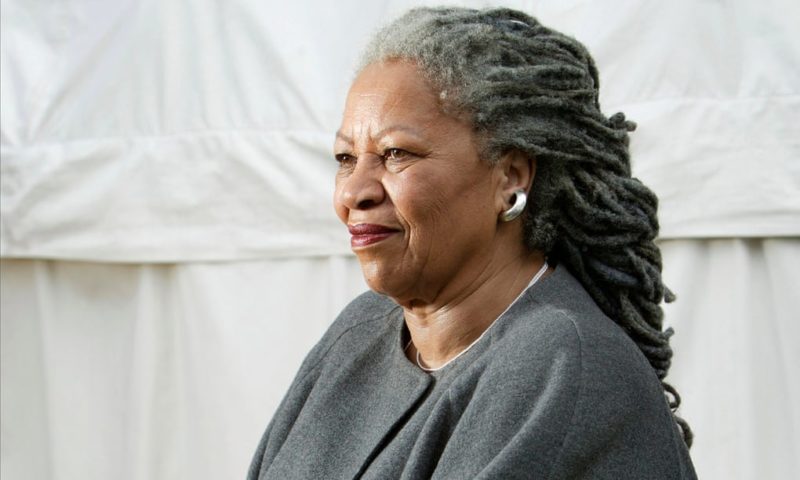
Nothing could prepare me for seeing the house that Langston Hughes, the heralded Harlem Renaissance poet, author, journalist and traveler, lived in as a teenager in Cleveland, Ohio. Only eight steps separated me from the walkway that led to the front door as my Uber driver idled behind me. I clasped my camera in my hand, the shutter echoing in the quiet of a snowy February day. I looked more like a too-curious-tourist than a concerned writer researching the literary legacy of a man who had inspired me all my life.
The house was ordinary, painted in an ageing beige that was deepened with crisp, burgundy accents. At the top in an attic space the burgundy was most prominent. I’d learned before this visit that Hughes had lived and written there. I’d also known going into this trip that the house had at one point been at risk of being demolished, efforts that were subverted largely in part due to local librarian Christopher Bucka-Peck’s intervention.
Located on the east side of Cleveland in an area that has been historically Black for generations, this home, which is crucial to understanding Langston Hughes and his creative origins, remains unmarked and vacant as it was then. The longer I stood, instead of soaking up the moment in awe, unending questions tugged at me. Such as: why was there no marker? Would it be in danger of possibly being demolished again? And if the city of Cleveland didn’t care about his legacy then who would?
That trip in 2023, and the crushing disappointment that encircled it, became a silent quest I’ve carried with me. I wanted to see more homes of the Black literary forefathers and foremothers, the ones I draw inspiration from in order to write.
The anger and discontent are something Tara L Conley, an assistant professor at Kent State University’s School of Media and Journalism, felt herself in 2019 when she visited Toni Morrison’s childhood home in Lorain, Ohio, a mere 30 miles from where I landed in Cleveland four years later. Morrison’s powder blue home also has no marker and continues to fall further and further into a dilapidated state.
“My initial reaction was, ‘Why isn’t anyone doing anything here?’ Even to this day I wonder why Northeast Ohio feels so stuck. And if you talk to other Black folks who grew up here you might hear the same thing,” Conley said.
Morrison’s home, according to Conley during her visit, is privately owned, as demonstrated by Donald Trump signs she saw surrounding the property.
[…]
Being privately owned means the hurdles for historical markers or any other designation of its status fall into the owner’s hands, if they choose to pursue it at all. These homes, however, represent a much larger pattern of neglect of integral legacies of Black writers, even after their deaths.
Okona dives into that pattern.

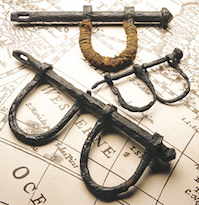
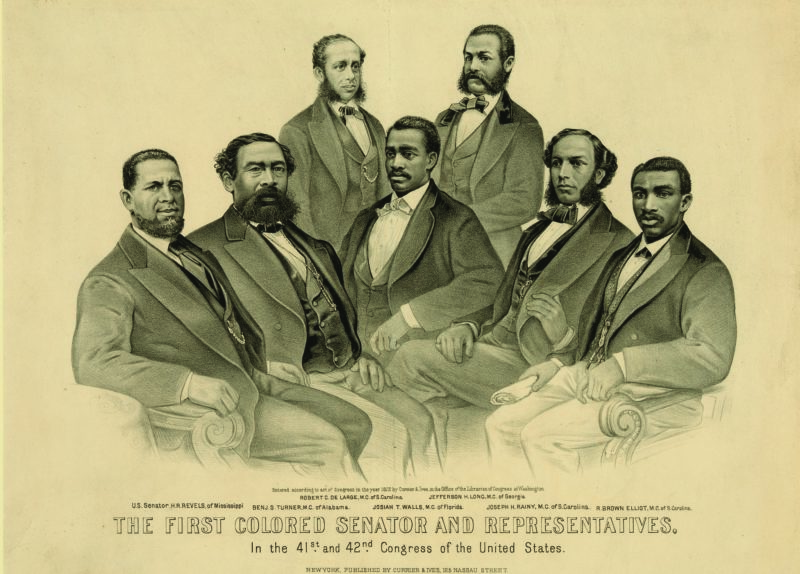
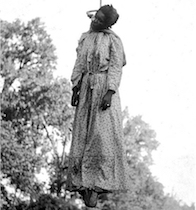
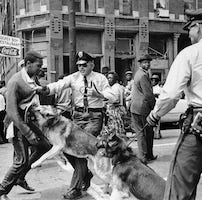

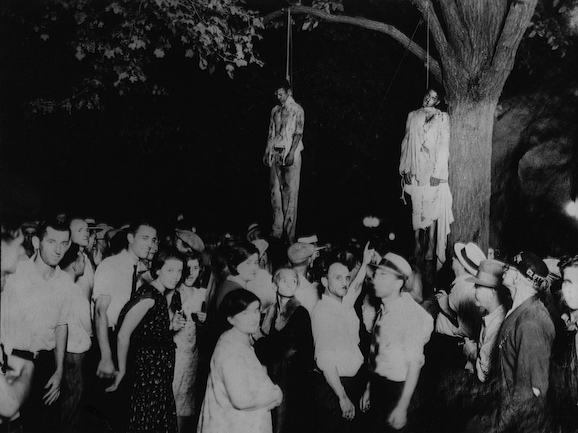

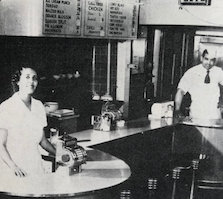
Comments Are Welcome
Note: We moderate submissions in order to create a space for meaningful dialogue, a space where museum visitors – adults and youth –– can exchange informed, thoughtful, and relevant comments that add value to our exhibits.
Racial slurs, personal attacks, obscenity, profanity, and SHOUTING do not meet the above standard. Such comments are posted in the exhibit Hateful Speech. Commercial promotions, impersonations, and incoherent comments likewise fail to meet our goals, so will not be posted. Submissions longer than 120 words will be shortened.
See our full Comments Policy here.